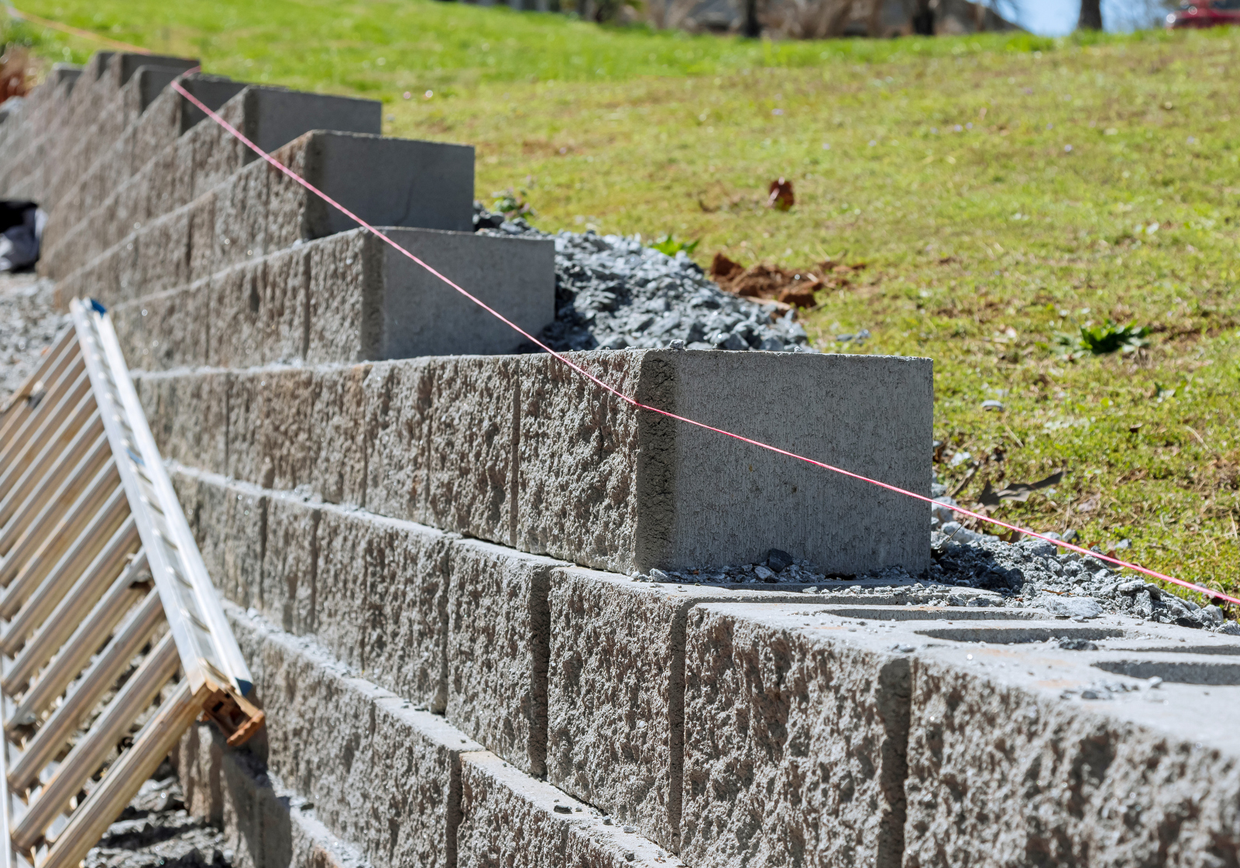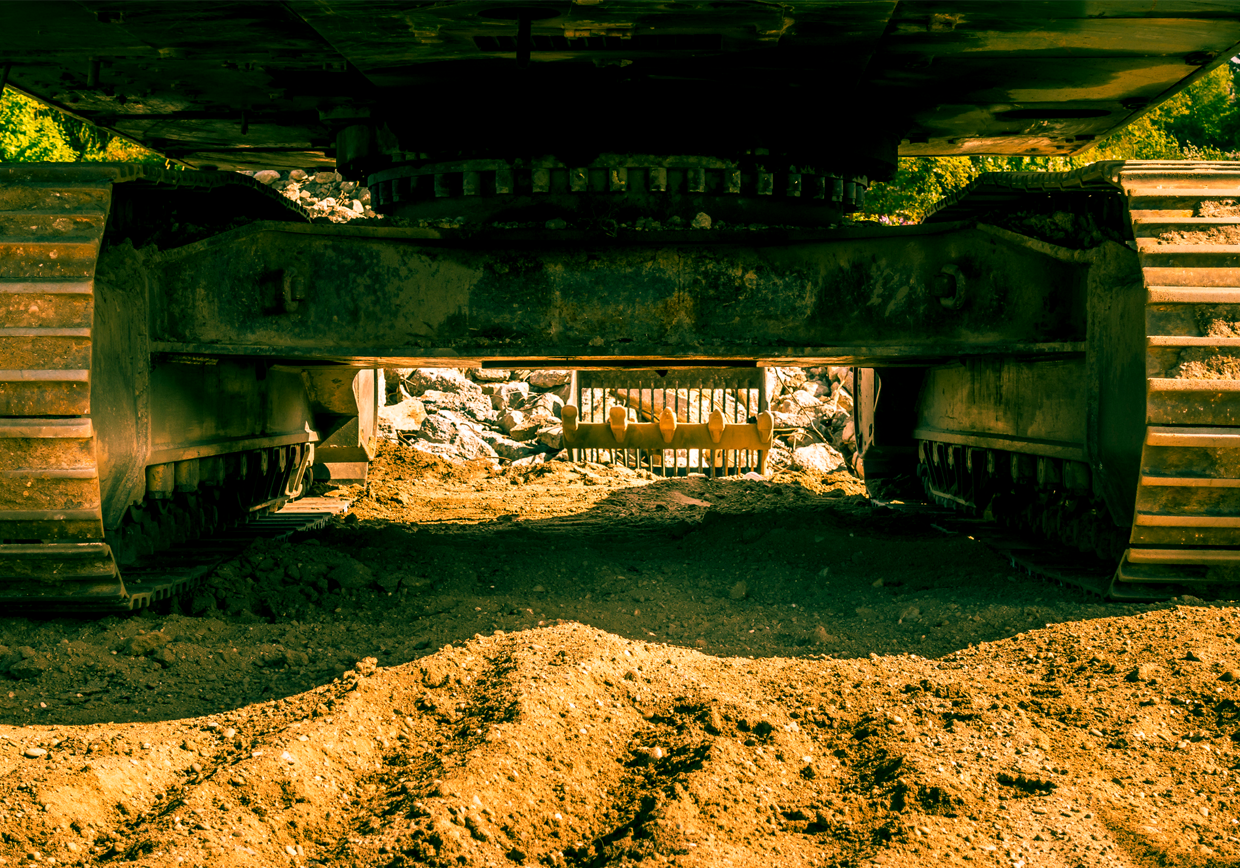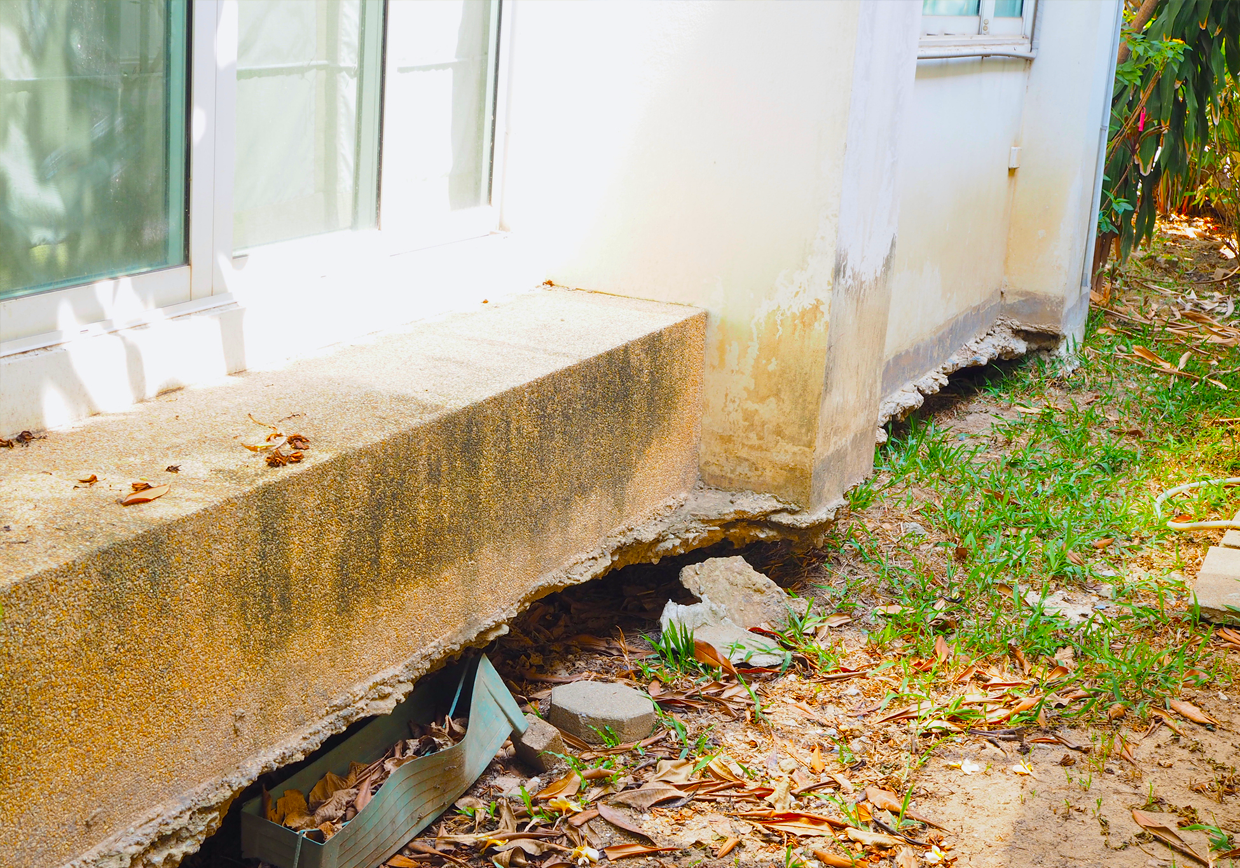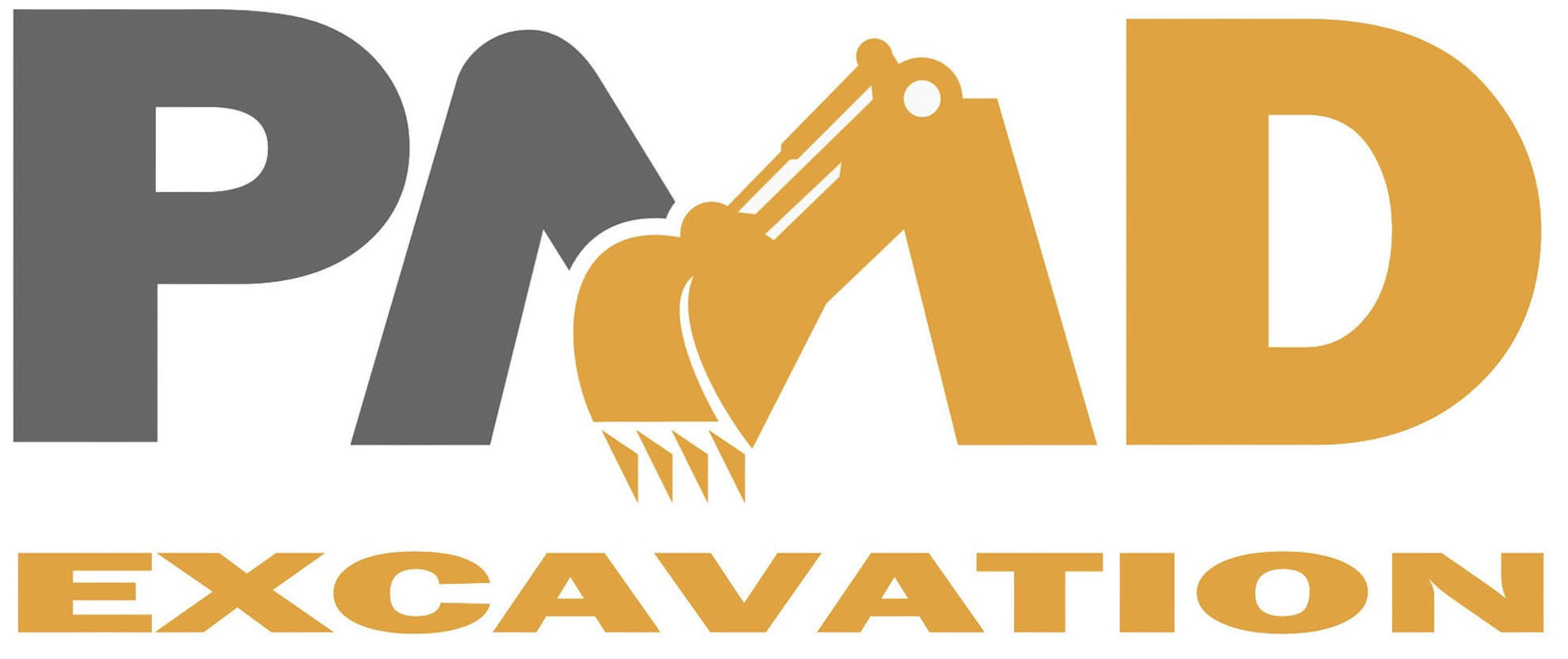Blogs and insights
Why Your DIY Retaining Wall Keeps Failing (And What to Do About It)
Published on
September 3, 2025

Introduction
You followed the YouTube tutorial. You bought the blocks. The wall looked great for a season or two. But now it's bowing, shifting, or cracking. Sound familiar? Retaining walls are deceptively tricky, and most DIY jobs fail because the ground behind the wall was never prepped properly.
In St. Thomas and across Elgin County, we get called in to fix these walls after they’ve already failed. Here's what most homeowners get wrong, and what you can do instead to build something that lasts.
1. The Real Problem Is Behind the Wall
Most retaining wall issues come from what’s behind it — not the wall itself. If the soil isn't excavated, compacted, and sloped correctly, it puts too much pressure on the wall. Water adds even more force. Without a solid base and drainage behind the structure, no wall can hold up for long.
2. Backfill and Drainage Are Non-Negotiable
A strong retaining wall needs a clean, compacted base and proper backfill. That means crushed stone behind the wall, a drainage pipe at the bottom, and filter fabric to keep soil from clogging the system. Skipping this part leads to water buildup and wall failure. Excavation services make sure these elements are done right.
3. Soil Type Affects Everything
Not all soil behaves the same. Clay-heavy soil, common in many Elgin County properties, holds water and expands. Sandy soil shifts more easily. If you don't understand what kind of soil you're working with, it's almost impossible to design a wall that can withstand the pressure. Excavation crews know how to read and work with local soil types.
4. Building Codes and Height Limits Matter
In many areas, any wall over a certain height requires a permit or engineered plan. Ignoring these rules could mean fines, liability issues, or having to tear it down. We help clients design and excavate for code-compliant walls that not only look great but meet local regulations from day one.
Final Thought
If your retaining wall is leaning or failing, it’s not just a surface issue. It’s a foundation issue. Professional excavation ensures your next wall is built to last, not just look good.






